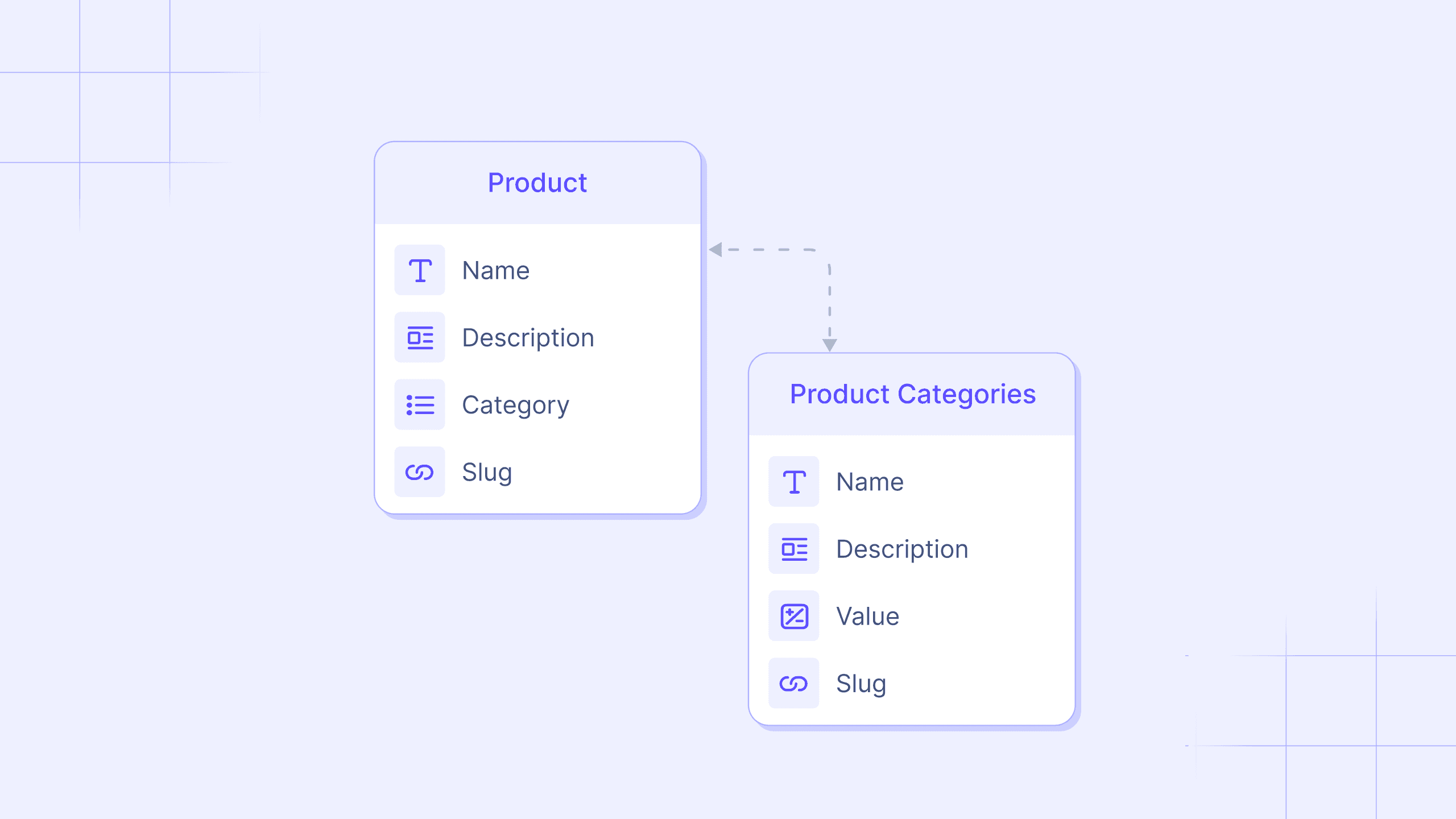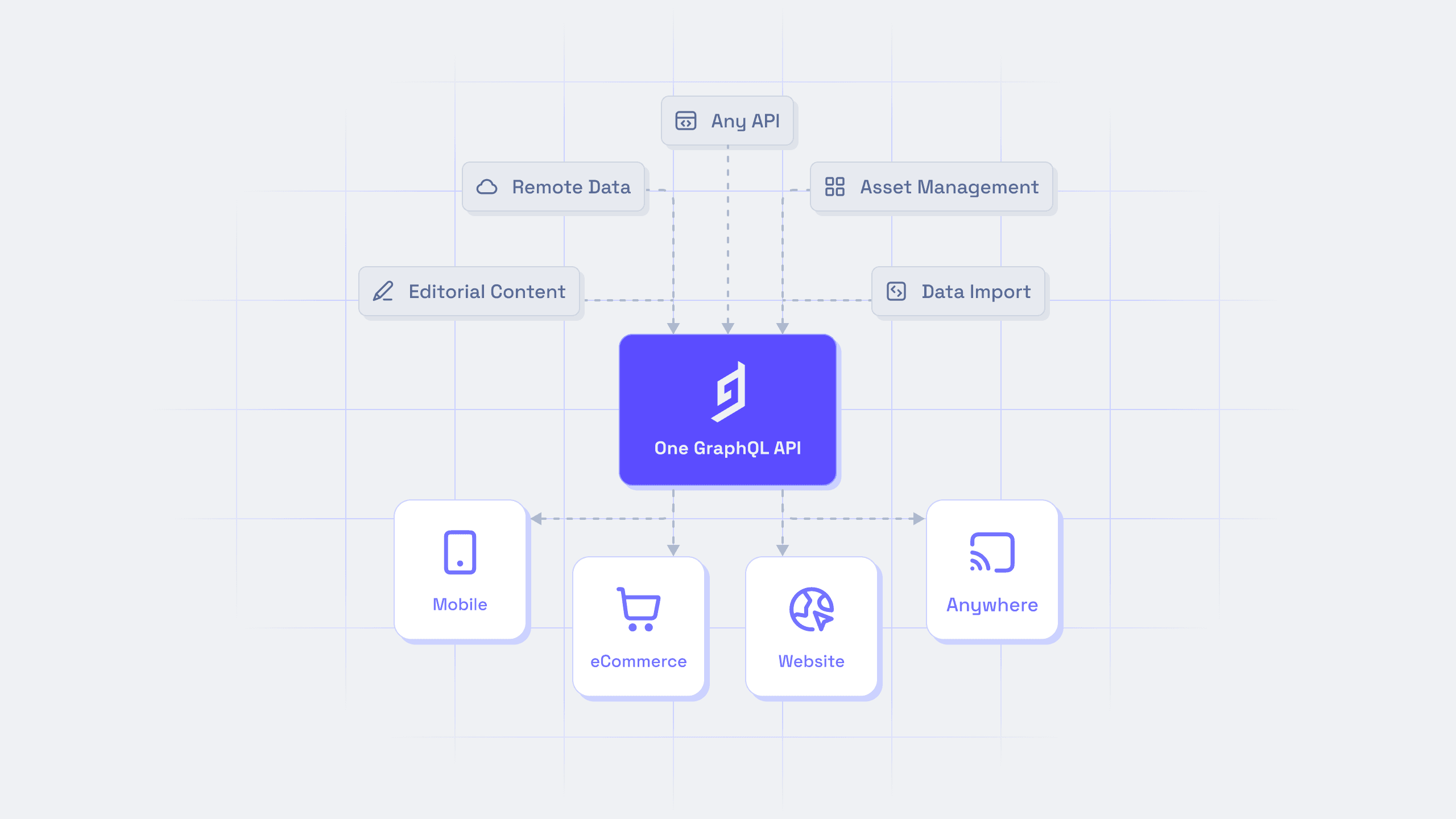#What is structured content?
Structured content is data that is carefully organized and broken into small, well-defined parts that can be used in any interface.
 References
References
When you develop your data as structured content, you essentially define its skeleton before writing the actual content. Once created, presenting it on different online surfaces becomes much easier, as each piece can be easily found and reused. Instead of having a long block of text, the information is divided into specific components, such as titles, summaries, images, and dates.
Let's think of an article about a historical event as an example to clarify this concept: Structured content would separate the title, event date, main text, and any related images or videos. In addition to the article itself, this setup allows the title to be displayed on a landing page, the date added to a timeline, and images shown in a gallery, all without needing to rewrite or duplicate anything.
#Structured content & content modeling
You can think of structured content and content modeling as sequential steps that you will work on while creating the schema for your project.
Structured content involves organizing and formatting information into defined elements like headings, sections, or metadata to make it reusable and easily adaptable across different platforms. This will be your first step: Taking your business knowledge and breaking it down into well-defined and easily manageable chunks.
Content modeling, on the other hand, is the process of defining your structured content by creating templates or models that specify how content types should be organized, interconnected, and managed. This will be your second step: Taking your structured content and modeling it into a cohesive and well-connected schema.
While structured content focuses on the organization of content, content modeling establishes the rules and systems that guide that structure. Both are complementary and necessary to create an efficient and usable project schema that will be scalable and flexible as your business grows and changes.
#Why use structured content?
Structured content offers several key advantages. Here are some of the most important ones.
It provides consistency to your content across your different platforms. Structured content can take any form on your frontend; it's just data! With this in mind, it’s completely reusable. For example, if you used structured content for your e-commerce, different bits and pieces of product data could be used for product landing pages, image galleries, new arrivals, and even your homepage. This would show consistent information across your online surfaces, reducing the need for duplication and minimizing potential errors.
 Content reusability
Content reusability
Structured content is scalable and flexible, supporting smooth growth by allowing for structural changes with minimal effort. For instance, your content could outgrow its initial blog form into a multi-channel portal, and not only would you easily deliver it to all the newly added channels, but would also be able to effortlessly update the structure by simply adding new elements to the structure, such as tags, categories, or content types.
Using structured content greatly improves the user experience of your editorial teams. It streamlines and simplifies the content creation and editing process. Your editors will write content only once, without the need to adapt it to your multiple channels, and likewise, errors can be fixed across all your platforms with a single action. Presenting consistent data on all your fronts will also improve the user experience of your customers, as they won't run the risk of doing a search that will show conflicting results due to outdated information.
Another important consideration is that search engines can easily index and rank structured data, which can enhance your SEO.
#Hygraph and structured content
Structured content + Hygraph means you're tapping into a powerful combination that can deliver content faster and more accurately, irrespective of the platform or channel. While speed is an obvious benefit in this context, it also has all the other advantages we listed above! - you’ll keep everything organized and scalable as your content grows while you manage it smoothly.
 Hygraph and structured content
Hygraph and structured content
Hygraph seamlessly integrates with an expanding number of apps, providing numerous tools to improve workflow efficiency. Additionally, its content federation capabilities allow you to maintain the agility of structured content while unifying and managing data from diverse sources.


